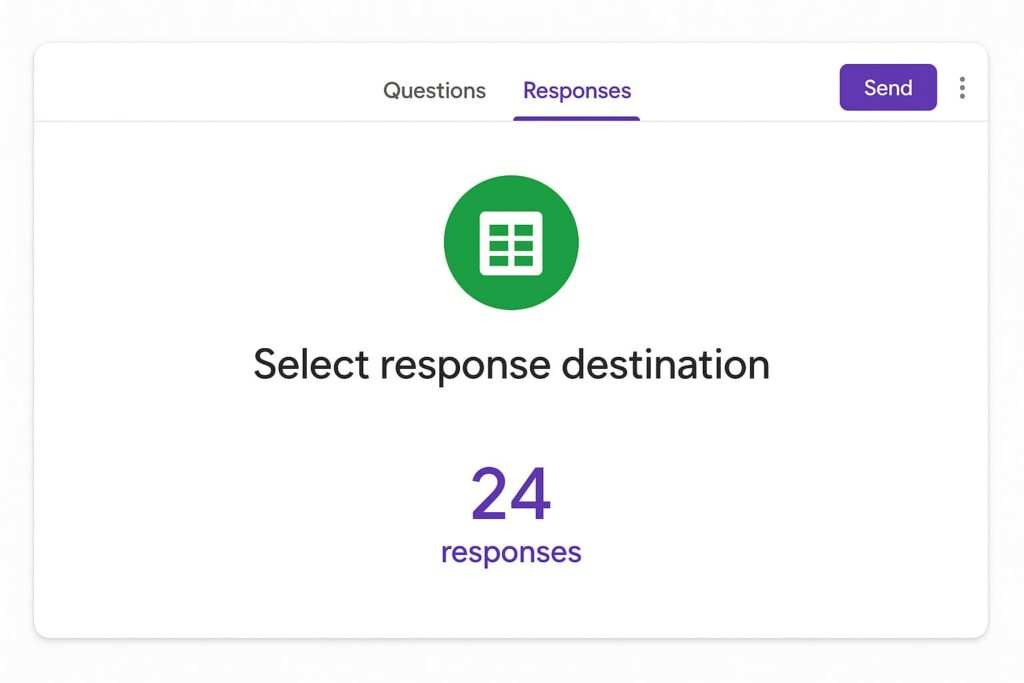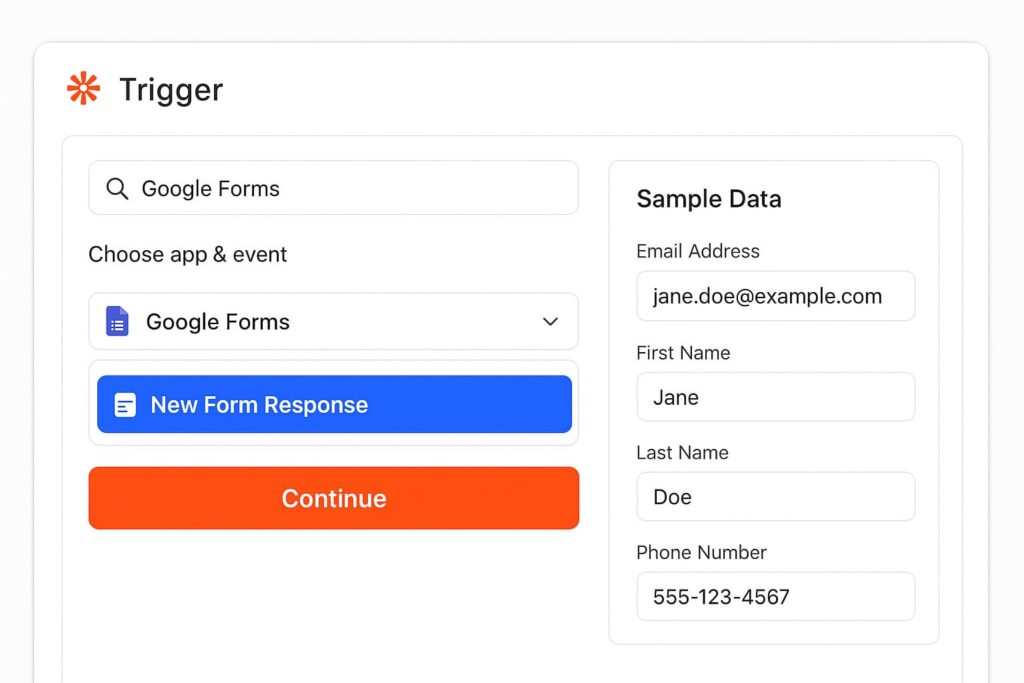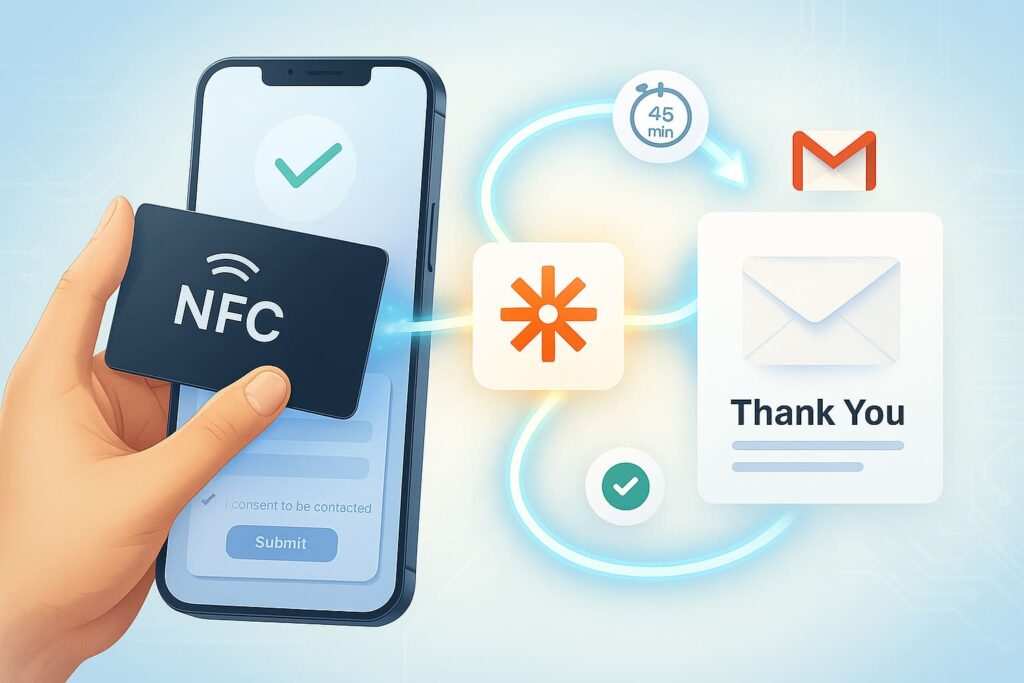Choosing the right software subscription can feel complicated. Do you stick with a free solo user plan, or is it time to upgrade to a team plan? The answer depends on your team size, the specific features you need, and your company’s security requirements. This guide cuts through the noise to give you a clear path forward. We’ll break down the Asana pricing plan, compare Asana Personal vs Starter, explore the Asana free plan limitations, and see how Asana Enterprise vs Enterprise Plus stack up for larger organizations. Let’s find the platform tier that makes sense for you.
Asana Pricing Plan Overview (2025): What Each Tier Actually Includes
Asana structures its plans to scale with your team’s complexity. While the free Personal plan is generous, crucial features like automation and custom fields are locked behind paid tiers. It’s also important to note a key detail that surprises many: all paid Asana plans require a two-seat minimum purchase. This is a critical factor for solo users considering an upgrade.
(Note: Prices and features are current as of October 9, 2025, but are subject to change. Always verify on the official Asana website before purchasing.)
| Plan | Price Per User/Month (Billed Annually) | Price Per User/Month (Billed Monthly) | Key Unlocks & Features | Who It’s For |
|---|---|---|---|---|
| Personal | Free | Free | Unlimited tasks, projects, messages, activity log, and file storage. Collaborate with up to 10 teammates. | Individuals, students, and small informal groups. |
| Starter | $10.99 | $13.49 | Custom fields, forms, 250 automations/rules per month, advanced search, Timeline/Gantt views, unlimited dashboards, and Asana AI (Smart Fields, Summaries, Status) with ~150 actions per month. | Solo professionals and small teams needing structured project management. |
| Advanced | $24.99 | $30.49 | Goals, portfolios, workload management, native time tracking, approvals, branching logic in forms, and 25,000 automations per month. | Growing teams and managers who need to manage resources and track company objectives. |
| Enterprise | Contact Sales | Contact Sales | SAML, SCIM user provisioning, advanced admin controls, and resource management. | Large organizations needing advanced security, control, and support. |
| Enterprise+ | Contact Sales | Contact Sales | Audit log API, SIEM/DLP/eDiscovery integrations, data residency, EKM, and HIPAA eligibility. | Organizations in highly regulated industries with strict compliance needs. |
Asana Personal plan features (what’s free, what’s missing)
The Asana Personal plan is a great starting point for individuals organizing their own tasks or collaborating on simple projects. You get unlimited tasks, projects, and storage, plus list, board, and calendar views. You can collaborate with up to 10 other people, making it functional for small group efforts. It’s perfect for managing personal goals, tracking freelance assignments, or coordinating a small club or family project.
Maximizing the Asana Personal Plan
Before you spend any money, try these tips to get the most out of the free version:
- Use Naming Conventions: Since you don’t have custom fields, create a clear task naming system. For example, start every task title with a category in brackets, like
[Marketing] Draft blog postor[Client A] Send invoice. - Leverage Sections: Use project sections as stages of a workflow (e.g., To Do, In Progress, In Review, Done) and drag-and-drop tasks between them to show progress.
- Master Subtasks: Break down complex work into subtasks. You can assign due dates and owners to each subtask, creating a detailed checklist within a single parent task.
Asana free plan limitations: custom fields, forms, automations, timeline are paid features
The biggest limitations of the free plan are the lack of efficiency and reporting tools that businesses need to scale. Here’s what that means in practice:
- Without Custom Fields: You can’t add specific data points like “Client Name,” “Budget,” or “Priority Level” to tasks. All information must live in the task title or description, which is hard to sort and report on.
- Without Forms: You can’t create standardized intake processes. For example, a design team can’t make a form for marketing to submit creative requests, leading to incomplete information and messy email chains.
- Without Automations/Rules: You can’t automate repetitive actions. You have to manually move tasks between project sections when their status changes or assign follow-up tasks yourself, which costs valuable time.
- Without Timeline/Gantt Views: You can’t visualize project schedules, see task dependencies, or adjust timelines easily when deadlines shift. This makes complex project planning nearly impossible.
Asana Personal vs Starter: when a solo user should upgrade
If you’re working alone and only need simple lists and calendar, Asana Personal is enough. The moment you want to run your work like a business—with structured data, streamlined processes, clear timelines, and the power of AI to summarize tasks and suggest fields—you’ll need Starter. You can test these paid features with a 30-day free trial to see if the value justifies the cost. Heads-up: Asana’s paid plans have a two-seat minimum. This means a solo user must pay $21.98/month ($10.99 x 2) when billed annually, or $26.98/month ($13.49 x 2) when billed monthly, just to get paid features for one person.
Understanding the specific features of each plan is the first step. Now, let’s simplify the decision-making process by matching these tiers to your specific team size and situation.
Solo User vs Team Plan: Which Platform Tier Makes Sense (Quick Matrix)
Use this matrix to quickly identify the best starting point based on your team’s size and needs.
1 user (freelancer/consultant)
The Asana Personal plan is perfect if you just need a better to-do list. However, if you need professional features like custom fields or automations to manage client work, you’ll need to upgrade to Asana Starter. The key question to ask is: “Will these features save me more than ~$22/month in time or prevent costly mistakes?” If the answer is yes, the upgrade is worth the two-seat cost. For those in field services (like HVAC, plumbing, or cleaning) who want a true 1-seat subscription alternative, Jobber Core is a strong option.
3–10 users (small team)
For most small teams, Asana Starter is the sweet spot. It unlocks the core features that boost productivity. You should only consider Asana Advanced if your team lead or manager needs to track team capacity with workload management, oversee multiple projects with portfolios, or connect work to company objectives using goals.
Key Decision Point for Small Teams: Starter vs. Advanced
Think about it this way: Starter helps your team do the work right. Advanced helps managers do the right work.
- Choose Starter if your main problem is: Disorganized projects, missed deadlines, and lack of clarity on who is doing what. The 250 automations/month limit is sufficient for basic workflow improvements.
- Choose Advanced if your main problem is: Team burnout from uneven workloads (Workload), not knowing the real-time status of key initiatives without asking (Portfolios), a disconnect between daily tasks and company goals (Goals), or if your team heavily relies on automation and hits the Starter plan’s limit. The jump to 25,000 automations per month is significant.
25–100 users (growing org)
An organization of this size will likely find the most value in Asana Advanced, as features like goals, portfolios, and workload management become essential for alignment and resource planning. A move to Asana Enterprise becomes necessary when your IT department requires SAML/SCIM for secure sign-on and user provisioning, or when you need more granular admin controls to manage a large number of users effectively.
Enterprise vs Enterprise Plus (compliance needs)
This decision is driven entirely by security and compliance requirements. Asana Enterprise provides robust security features, but Asana Enterprise+ is built for organizations in highly regulated industries. It adds the technical controls needed for strict data governance, such as an audit log API, SIEM/DLP/eDiscovery integrations, data residency options, Enterprise Key Management (EKM), and HIPAA eligibility. A government contractor or healthcare provider would likely need Enterprise+, whereas a large tech company might only need Enterprise.
This matrix provides a clear path based on team size, but community feedback often reveals hidden pain points and clever workarounds. Let’s look at what real users are saying.
Asana Personal Plan Reddit & Community Feedback: What Real Users Say
A common theme in the Asana Community Forum and on platforms like Reddit is the user’s surprise at the two-seat minimum for paid plans. Many solo users express frustration that they must pay for two licenses to access paid features for just one person. Users also discuss the “seat tiering” system, where you must purchase seats in blocks (e.g., 2, 3, 4, 5, then 10, 15), which can feel inflexible.
Common Workarounds and Their Limitations
To manage costs on paid plans, users often turn to the unlimited “guest” feature, which is available on the Starter plan and above. You can invite a client or contractor into a specific project as a guest for free, which helps avoid paying for a full seat for external collaborators. However, guests have limited permissions: they can only see the projects they are invited to and cannot create their own teams or have full access to the organization’s settings. This is a great solution for external collaboration but doesn’t work for internal team members.
The two-seat minimum is a significant factor, leading many solo users to wonder if there are better alternatives. Let’s explore some other tools that are more accommodating to individuals.
Exploring Alternatives: Are There True Solo Plans for Project Management?
Yes. While Asana is a powerful tool for teams, several other platforms offer more flexible and affordable plans for individuals who need professional features.
ClickUp: The Feature-Rich Solo Option
ClickUp’s “Unlimited” plan is a popular choice because it has no seat minimum. For a single monthly price, a solo user gets access to a vast number of features, including custom fields, forms, and a generous number of automations. It’s often seen as a more complex but highly customizable alternative to Asana.
Notion: The All-in-One Workspace
Notion also offers a paid “Plus” plan with no seat minimum. It’s ideal for solo users who want more than just project management—it combines documents, databases, and task lists into one flexible environment. However, its task management is less structured out-of-the-box compared to Asana.
Trello: The Visual Kanban King
For those who primarily need a visual way to track workflow, Trello is a great choice. Its paid plans are also available for single users without a minimum, making it an affordable way to get advanced features like “Views” (Calendar, Timeline) and more automations.
Jobber: The Niche Solo Solution (Contrast Case)
As mentioned, Jobber is built for a different purpose. For businesses in the field service industry—like landscaping, residential cleaning, HVAC repair, and general contracting—it offers a true solo plan designed for quoting, scheduling, and invoicing. If you run a marketing agency or a desk-based business, its features will not match your workflow.
While these alternatives are compelling, many large organizations are committed to Asana for its robust enterprise and compliance features. For them, the key decision lies at the highest tiers.
Asana Enterprise vs Enterprise Plus: A Deeper Look at Compliance
Choosing between Enterprise and Enterprise+ isn’t about features for the average user; it’s about meeting the strict demands of IT, security, and legal departments.
- Choose Enterprise when your primary need is centralized administration and security integration. This is for when you need to connect Asana to your company-wide identity provider (like Okta or Azure AD) using SAML for single sign-on, and automatically provision users with SCIM.
- Choose Enterprise+ when you are in a regulated industry like healthcare, finance, or government contracting. The features here are about provability and data control. The audit log API lets your security team monitor every action taken in Asana. eDiscovery integrations allow legal teams to place holds on data for litigation, and HIPAA eligibility is a non-negotiable requirement for handling patient health information.
With a clear understanding of every tier, you can now use a simple checklist to confirm your final decision before you make a purchase.
Quick Decision Checklist (Copy-and-use)
- Need custom fields, forms, or automations? → You need Starter or higher.
- Need goals, portfolios, workload, or native time tracking? → You need Advanced or higher.
- Need SAML/SCIM, resource management, or advanced admin controls? → You need Enterprise.
- Need audit logs, SIEM, DLP, eDiscovery, data residency, EKM, or HIPAA? → You need Enterprise+.
This checklist simplifies the feature gates. Finally, let’s answer some of the most common questions that come up during this process.
FAQs
What are Asana free plan limitations in 2025?
The main limitations are the absence of custom fields, forms, automations, timeline/Gantt charts, and advanced reporting features like dashboards and portfolios, which are essential for scaling business operations.
Asana Personal vs Starter—what changes when I upgrade?
Upgrading from Personal to Starter unlocks the core productivity suite: custom fields for tracking data, forms for standardizing work requests, 250 automations per month for reducing manual work, the timeline view for project planning, and Asana’s new AI features like Smart Summaries and Smart Fields.
Why can’t I buy 1 paid Asana seat?
Asana’s policy for all its paid plans (Starter, Advanced, Enterprise) includes a two-seat minimum. This business model is designed for team collaboration, meaning the minimum cost is always the per-user price multiplied by two, even for a single user.
How much does Asana Starter really cost for one person?
Because of the two-seat minimum, a single user will pay $21.98 per month if billed annually ($10.99 x 2) or $26.98 per month if billed monthly ($13.49 x 2).
Asana Enterprise vs Enterprise Plus—what’s the practical difference?
The practical difference is compliance and security. Enterprise is for large-scale security and administration (like SAML). Enterprise+ is for highly regulated industries needing specific legal and data protection controls, like audit logs, eDiscovery integrations, and HIPAA eligibility.
Is there a solo alternative with 1 seat?
Yes. For general project management, tools like ClickUp, Notion, and Trello offer paid plans without a seat minimum. For field service professionals, a specialized tool like Jobber is a great option.
Conclusion
Ultimately, your decision on a solo user vs team plan comes down to a clear framework: Headcount → Features → Compliance → Budget. First, determine how many people need access. Second, identify the non-negotiable features your workflow requires. Third, assess your security and compliance obligations. Finally, weigh the cost, especially the two-seat minimum for solo users on Asana, and consider whether a more flexible alternative might be a better fit. Before committing, we recommend running a 14 to 30-day trial with a single real project and 2-3 users to ensure the tier you choose truly fits your workflow and is worth the investment.
Meet Oladepo Babatunde, a technical writer and researcher who makes digital business cards easy to use in the real world. As the founder of CardAdviceHub.com, Oladepo turns tap‑to‑connect tech into clear, reliable workflows—covering NFC/QR setup, troubleshooting, platform comparisons, and practical design tips. He draws on a Higher National Diploma in Computer Science and more than a decade of writing experience since 2014 to test cards, apps, and accessories hands‑on, then share step‑by‑step guides with screenshots, checklists, and templates you can follow in minutes. When he’s not filming tutorials, he’s building resources that help solo creators and teams launch faster—no code required. CardAdviceHub focuses on informational how‑tos and does not publish financial advice.
Areas of focus: NFC tags and chips (NTAG213/215/216), iPhone/Android setup, QR best practices, platform integrations (Sheets, HubSpot, Zapier), event signage and accessories.
How I test: Real devices, repeated tap/read tests with different cases/materials, screenshots and videos for every step, and “first‑try” reliability checks.
Editorial standards: Every how‑to is reproducible, updated when apps change, and clearly labels any affiliate relationships. No financial advice.
Contact: info@cardadvicehub.com (or contact us)




